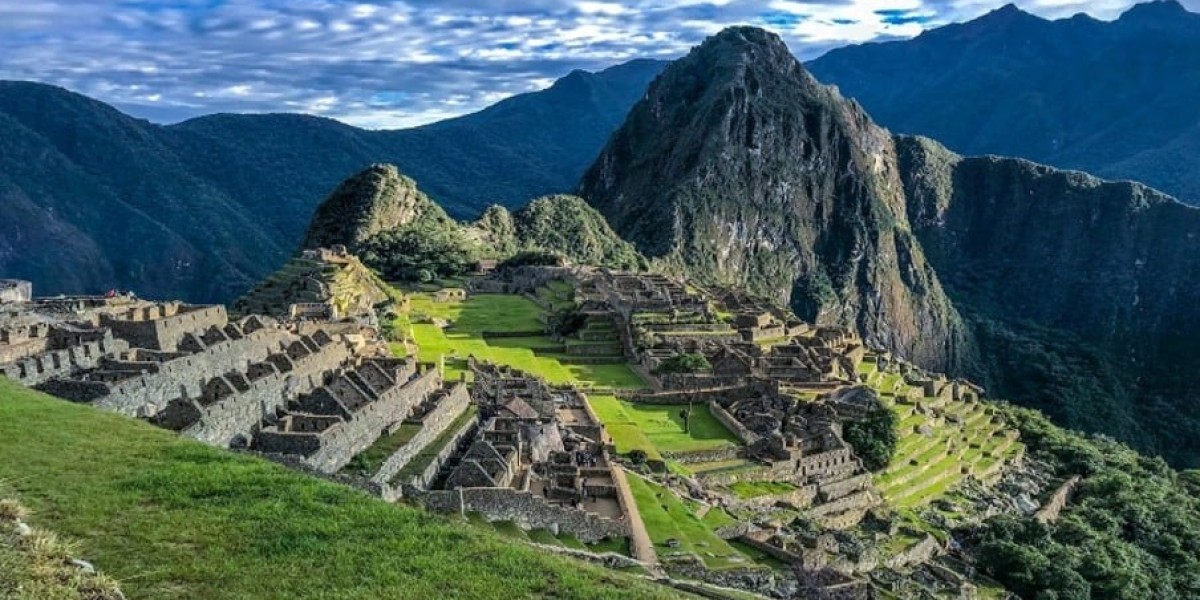Cusco, located in the Peruvian Andes, sits at an elevation of about 3,400 meters (11,200 feet) above sea level. While its breathtaking scenery and rich history attract visitors from around the world, its high altitude can pose a challenge to travelers unfamiliar with such elevations. Altitude sickness, or "soroche" as the locals call it, is a common concern for those visiting Cusco and other high-altitude destinations. Preparing yourself properly can help mitigate the effects of altitude and ensure you enjoy your trip to the fullest. Below are some effective strategies to help you prepare for the altitude on your Cusco trip.
Understand the Effects of High Altitude
Before diving into preventive measures, it's important to understand what high altitude does to the body. At elevations above 2,500 meters (8,200 feet), the air becomes thinner, meaning it contains less oxygen. This forces your body to work harder to get the oxygen it needs, which can lead to symptoms such as headaches, dizziness, fatigue, nausea, and shortness of breath.
Altitude sickness can range from mild discomfort to more severe conditions like pulmonary or cerebral edema, though these are rare. Understanding how altitude affects your body will allow you to take better precautions.
Give Yourself Time to Acclimate
One of the most important things you can do is give your body time to acclimate to the altitude. When you arrive in Cusco, avoid doing any strenuous activities for the first 24 to 48 hours. This will give your body the chance to adjust to the reduced oxygen levels. Take it easy, explore the city at a leisurely pace, and save the more physically demanding activities, like hiking Machu Picchu, for later in your trip. If possible, consider spending a day or two in a lower-altitude area, like the Sacred Valley (which is around 2,800 meters), before heading to Cusco. This gradual ascent can help your body adjust more easily.
Stay Hydrated
Dehydration can worsen the symptoms of altitude sickness. At high altitudes, the body loses water faster due to increased respiration, and the dry mountain air can contribute to quicker dehydration. Make sure you’re drinking plenty of water throughout the day—ideally around 2 to 3 liters daily. Avoid alcohol and caffeine during the first few days, as both can contribute to dehydration and exacerbate the effects of altitude sickness.
Eat Light, High-Carbohydrate Meals
Heavy meals can make it harder for your body to digest food at higher altitudes. Opt for lighter, easily digestible foods, especially in the first few days. High-carbohydrate meals are ideal because your body processes them more easily and they provide energy to cope with altitude stress. Local Andean foods such as quinoa, potatoes, and corn are not only delicious but also rich in carbohydrates.
Coca Leaves and Other Remedies
One traditional method that many locals swear by is chewing coca leaves or drinking coca tea. Coca leaves have been used in the Andes for centuries to help with altitude sickness, and many travelers find them effective for reducing symptoms like headaches and nausea. You can find coca tea at most hotels and cafes around Cusco.
Another option is to bring altitude sickness medication, such as acetazolamide (Diamox). This medication can help your body acclimate more quickly and alleviate some symptoms of altitude sickness. It’s advisable to consult with a healthcare provider before taking any medication, especially if you have pre-existing health conditions.
Pace Yourself During Activities
Once you start engaging in activities around Cusco, it's important to pace yourself. At higher altitudes, even simple tasks like walking uphill can feel more strenuous than usual. Listen to your body and take breaks when needed. Overexerting yourself can increase the likelihood of altitude sickness and make your experience less enjoyable. When hiking or trekking, move at a steady pace, take deep breaths, and rest frequently. Remember, it’s not a race enjoy the stunning landscapes while you give your body time to adapt.
Monitor Your Symptoms
Lastly, it's important to monitor how you feel while at high altitudes. Mild symptoms of altitude sickness, such as slight headaches or shortness of breath, are common and usually subside after a day or two. However, if your symptoms worsen, or if you experience more severe signs like persistent dizziness, chest pain, or confusion, seek medical help immediately. Severe altitude sickness can be dangerous, and descending to a lower altitude is often the best treatment.
Final Thoughts
Preparing for the altitude on your Cusco trip can make a huge difference in how much you enjoy the experience. By giving your body time to acclimate, staying hydrated, eating light meals, and taking it easy, you can reduce the risk of altitude sickness and focus on the incredible sights and experiences that Cusco has to offer. Whether you’re exploring the ancient ruins of Machu Picchu or wandering the streets of the historic city, a little preparation will go a long way in ensuring you have an unforgettable trip.










